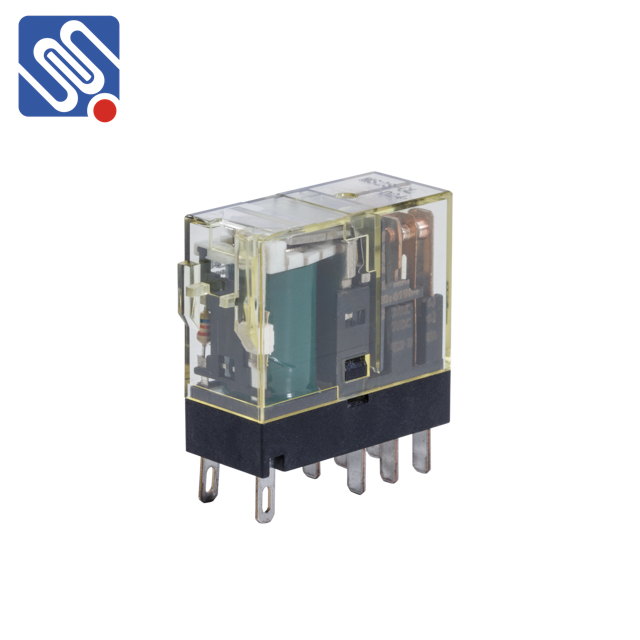Relay type selection plays a crucial role in ensuring the efficient and safe operation of electrical systems. A relay is an electromechanical or electronic switch that allows a low-power signal to control a higher-power circuit. Choosing the right type of relay can make a significant difference in the performance, longevity, and safety of the entire electrical system. In this article, we will explore the essential factors that should be considered when selecting a relay type for various applications.

1. Understanding the Relay Types Before diving into the selection process, it’s essential to understand the basic types of relays available: Electromechanical Relays (EMR): These are traditional relays that use an electromagnet to move contacts. They are widely used in low to medium power applications and offer good performance with a reasonable lifespan. EMRs are suitable for general-purpose applications, such as in household appliances, industrial controls, and automotive systems.
Solid-State Relays (SSR): Unlike electromechanical relays, solid-state relays use semiconductor components to switch the circuit. They have no moving parts, which makes them more durable and reliable. SSRs are ideal for high-frequency switching applications, such as in motor controls, heating elements, and high-speed machinery, where mechanical wear would be a concern.
Leave a Reply